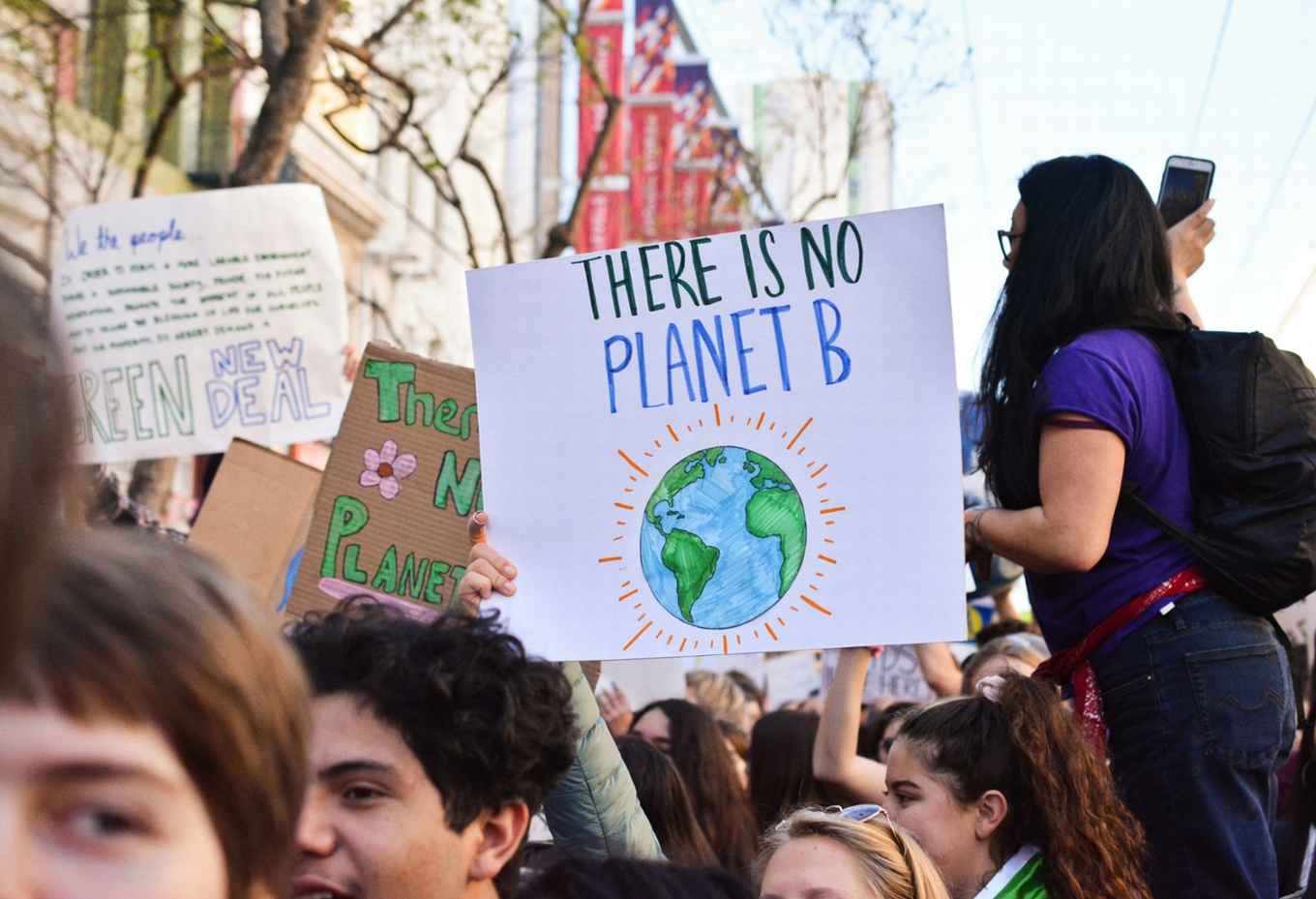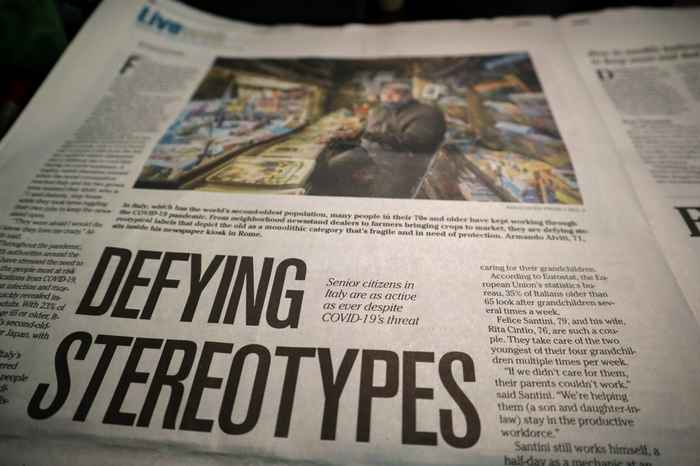Frames and stereotypes: how media is shaping debate on sustainability and diversity
‘People are often unconsciously influenced by media quotes.’
4 June 2024

Environmental issues and discrimination are two examples of pressing global issues that we need to find a solution for together. ‘We’ being society, but also companies and social movements. But to what extent are the different parties responsible? And how does the media influence these global issues?
Communication scientist Anke Wonneberger studies public debates on sustainability and the roles that different organisations play in them. She and her colleagues at the Amsterdam School of Communication Research (ASCoR) have summarised their main findings on diversity and sustainability in public debate.

Young climate activists are often labelled as school truants.Anke Wonneberger
Public mistrust
Wonneberger outlines the complex relationship between multinationals and public debate: ‘Sustainability and diversity are challenging topics for international companies, as they often lead to negative media attention, because of greenwashing or discrimination, for example. As a result, there’s a great mistrust of these issues in the business world, and many companies hold a defensive attitude towards them. Interest groups and NGOs, on the other hand, are keen to promote public debate on issues like these. They challenge companies to be forward thinking about the issues facing society.’

The term ‘greenwashing’ applies when a company or organisation claims to be environmentally friendly or sustainable, while its environmental practices actually fall short of the mark. An example would be a company or organisation that is advertising its products as 'green' or 'eco-friendly' but is still using harmful chemicals or not actively trying to reduce its environmental impact.
The climate case against Shell
A good, recent example is the climate court case that Friends of the Earth Netherlands brought against Shell (a Dutch oil company) in 2018. Shell was accused of not doing enough to combat climate change, and the court agreed.
Wonneberger and her colleagues studied the coverage of this climate court case. ‘The opposing positions of the two parties make public debate on the court case very interesting. We found that Friends of the Earth Netherlands was far more dominant and influential in the debate because it had brought the court case. Shell was forced into a defensive position and approached the issue from a responsibility perspective: it claimed that its contribution to the problem was so limited that it wasn’t responsible for solving it. The fact that the court agreed with Friends of the Earth Netherlands played a crucial role in its position in the media. The court’s decision gave Friends of the Earth Netherlands public legitimacy, which led to positive reactions from the general public and the media.’
Less competent and flexible
A public debate involves a number of different views, which are often communicated from certain perspectives. Such a perspective is called a ‘frame’. In the debate on environmental pollution, Shell is using the frame of ‘responsibility’. Linda van den Heijkant and Anne Kroon, communication scientists at ASCoR, found that frames can have a negative impact on the debate on diversity and can even lead to discrimination.
‘Stereotypes are used a lot in the media. Take older workers, for example: they are often regarded as less competent and less flexible. They can be the subject of media attention for a number of reasons – for example, in discussions about increasing the pension age. However, this media coverage is more likely to focus on the problems than on what we could do to solve them,’ Anke Wonneberger explains. ‘In this example, this is damaging to older employees, because people tend to unconsciously believe the stereotypes presented by the media.’

The creation of stereotypes
To understand how stereotypes are created and spread by the media, Christian Burgers, programme group leader of Corporate Communication, developed the 'social categories and stereotype communication model (SCSC)' with colleagues. It focuses on the following three factors, which Wonneberger explains:
-
To what extent are people perceived as a group?
Wonneberger: ‘Climate activists don’t necessary all form part of the same group. They have characteristics that make us perceive them as or understand them to be a group. This doesn’t stop the media from often portraying them as a group.’
-
How are these groups perceived?
'Climate activists are often perceived as threatening, while young activists tend to be labelled as school truants.’
-
How strong are these characteristics?
‘Climate activists may sometimes come across as threatening, but they generally aren’t. The prevalence of these characteristics has been exaggerated in society.’
In control of the debate
The media is not alone in propagating these stereotypes in public debate; citizens and organisations have a role to play too – via social media, for example, which companies use a lot now. ‘Social media is a double-edged sword for many organisations. It gives them more control over debate, but it also takes away some of their control. Companies can choose which frame they want to use when communicating their news, but citizens can then decide which direction the discussion will take via their comments and reactions.’